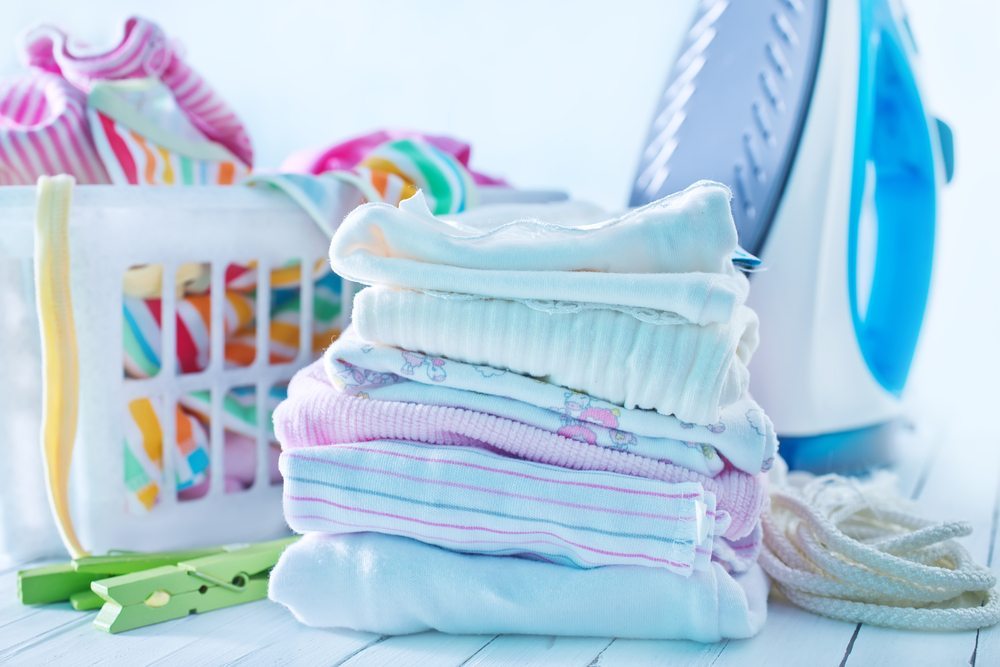How To Buy Baby Clothes
One of the most exciting parts of baby care is buying clothes for your little one. However, it can also be a challenge, as you would want your baby to be in something that he not only looks good in but also comfortable in. We have put up a guide that you can use when shopping.
When should you buy baby clothes?
When you first learn that you are pregnant, it’s an exciting moment that you start planning a lot of activities in anticipation of the baby’s arrival, including buying clothes. However, many people will advise you to wait until the sex of your baby is determined before you start shopping for such stuff.
While this will actually save you the time and effort, the rise of unisex baby clothing means you don’t have to worry about getting the wrong set when your little one is finally born. Once you have finally determined the sex of your child, then you can purchase the appropriate clothing for his or her next set.
Another important thing to remember when planning your baby purchase is that your child grows quickly during his first months to his first year. Hence, don’t get too excited and buy a lot in one go. Instead, buy only a few pieces in anticipation of his birth, and just buy larger ones later when he starts outgrowing his first set.
Buying the right size
When shopping for baby clothes, you will likely notice the tags indicating whether a particular piece is for newborns, 4-month-olds, and the like. However, while these might make picking sizes easy, you will find out that this might not be the case once you start fitting your little one into the clothes you bought.
Often, you will find out that he is too large for the clothes that are supposedly appropriate for his age. This is mainly due to manufacturers having different standards of sizes. Alternately, it can also be due to your child simply being larger than average.
Here, what you can do is to look for clothing lines that also offer height and weight guidelines aside from age recommendation. Also, don’t expect your child to cover the entire age range specified by the tags. As have been said earlier, your baby might be growing at a different rate than others, so you need to anticipate when he could potentially outgrow his current wardrobe.
What clothing items do you need?
While you might be tempted to buy and stock a lot of clothes for your newborn, it is not necessary. In fact, you will only need the following for your little one’s first set of clothing.
- Infant gowns-These are useful for covering your baby’s body during his first days until his cord stump falls off. Get 2 to 4 pieces of these for changing.
- Oneness-When buying these, get ones that have large openings for the head and loose legs to make it comfortable for your little baby. You can also opt for those that can be worn onto your baby without having to put it over his head, such as kimono-styled body suits. Get at least 4 pieces of these.
- Undershirts-As is with the onesies, make sure that the openings are large enough for him to go through. Buy at least 4 pieces.
- One piece pajamas-You can easily slip your little one into these, which is why they can also be used for daytime clothing. Also, get 4 of them.
- Sweaters or jackets-Since your little one will be lying down most of the time, get one that buttons at the front. As you won’t be using it that often, you can go by with just a single piece.
Miscellaneous clothing items
- Socks-Since your little one won’t be using shoes until when he starts walking, a supply of at least four pairs will work well.
- Hats-When buying his hats, get wide brimmed ones for summer use and soft caps that have ear covers for winter. This where you can splurge a little, at least 4 pieces would suffice.
- Mittens-Mittens are great for preventing your little one from accidentally scratching his face with his nails. You can get as many pairs as you need.
- Rompers-While your baby can go out even with just regular wear, you would still want him to look good. In this case, even just a single piece will suffice.
Fabrics
What your baby’s clothes are made of will be one of the biggest determining factors on whether he would be comfortable in them or not. In most cases, cotton would be-be the best choice, as it is soft and breathable, making it very comfy for your little one. For winter clothing, fleece is a good pick, as not only does it have the same qualities as cotton, it also serves as a good insulator from the cold.
On the other hand, you have to be careful when buying clothes made from synthetic fabrics like polyester and nylon, as these can cause irritation. You also need to closely inspect the fabric for any fraying, as these can be discomforting to your little one. Also, look out for stray tags on the clothes for the same reason.
The fabric that you get should also be flame-resistant, especially the pajamas. However, you need to be careful when washing these, as fabric softeners can affect the fire resistant qualities of the fabric.
Choosing the color and style
During his first few weeks, the color of your child’s clothing isn’t really that much of a concern. Hence, you can simply stick to plain white pieces. Don’t worry about them getting stained, as once he overgrows them, you can recycle them as rags or wash clothes.
However, if you can’t help but want your baby’s wardrobe to be more colorful, be more creative with your choices. For instance, don t be particular with gender-specific colors. Your little boy can wear pink without worry while your small lady will be just as comfortable in blue. You can also try out different hues like purple, orange, or even aqua.
As your child grows, his vision develops greatly. As such, you can also use his clothes to stimulate his eyes more by opting for more intricate patterns. For instance, your baby will love training his eyes on the colorful stripes on his shirt. Don’t overdo it, though, as he may end up being more annoyed than amused.
Making it fit
As have been said in the previous article, size is important in making sure the clothes would fit properly onto your baby. However, even with that, it can sometimes be a struggle to put your little one into these. So, when shopping for his clothes, you have to consider how easy it would be to put them on.
Here, zippers would not be a good choice, as it can sometimes be hard to open, especially when it gets stuck. This can be especially problematic when you are in a hurry, like when you are trying to change his diapers. Instead, go for easy to untie strings. However, you also need to make sure that these aren’t too long, as they can be strangulation hazards.
Metal clasps are also a big no, as they can trigger allergies in your baby. Additionally, check if the buttons, as well as the other trim, are woven firmly in place. These can become choking hazards if they become undone
A few more things
One thing that you have to avoid, even in the winter months, is covering your little one in too much clothing. This is not only uncomfortable for him, but keeping him too warm can actually lead to him becoming sleepy and possibly dehydrated. Wrap him only in the same amount of clothing that you have and just add a blanket.
Lastly, remember to wash all the new clothes you have bought for the baby. While new clothes are not known to cause allergies, the dust that they eventually collect when you carry them from the store may cause irritation. Also, when washing, use an unscented detergent that won’t irritate your baby’s nose.





